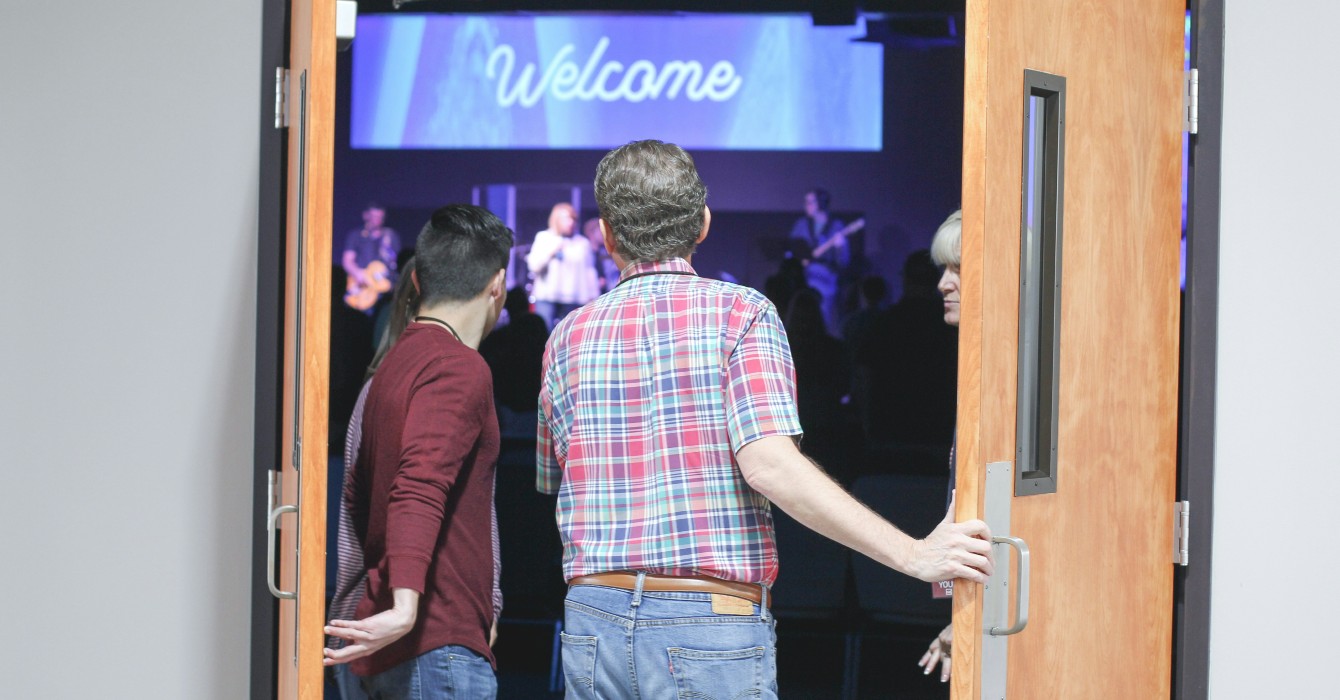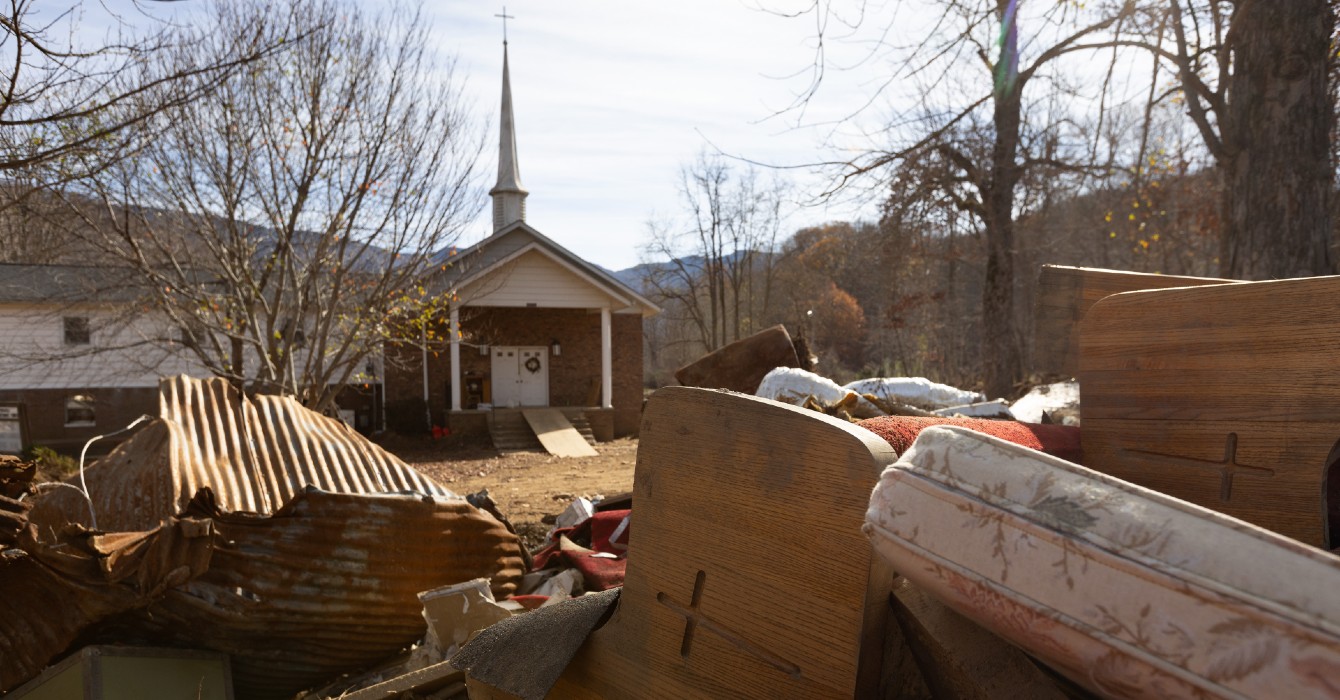Millions of Americans once tuned in to see Will Willimon preach at the Crystal Cathedral for the “Hour of Power,” one of the most prominent Christian programs at the height of the televangelism era and an icon of modern faith. They watched him ascend one of the most famous pulpits in the country, clear his throat and gravely thank the host, the always-smiling Robert Schuller.
It was a bizarre little piece of theater, which Willimon was loath to do, because Schuller wasn’t even there. The famously showboating host had other places to be, and Willimon was required to thank an empty chair. Later, Arvella Schuller (Mrs. Robert Schuller) would splice in video of Schuller nodding sagely in acknowledgment.
“But you’re famous, Will!” I protested when he told me.
“I’m not famous,” he said wryly. “I’m mainline famous.”
Willimon is the author of 70 books who has lived many lives -- as a bishop, a preaching professor, an editor-at-large of The Christian Century and the dean of Duke Chapel. He has dined with Billy Graham and Desmond Tutu. Willimon is a household name in the United Methodist Church. And he is right.
No one seems to call anyone famous in the mainline church.
As a historian of the largest churches and ministries, I have been grappling with this conundrum: why are there so few mainline celebrities? And when I find them, why don’t they want to be called celebrities?
I have spreadsheets of the largest mainline churches in every denomination -- Lutheran, Methodist, Presbyterian, Episcopal and so on. Even with plenty of mainline megachurches, there are few familiar names among them. Today’s era of increased concentration of people in big churches is not necessarily creating the same model of self-promotional leadership that has made Joel Osteen or Steven Furtick into recognizable faces.
I recently spoke to a young pastor of a Presbyterian megachurch about the advantages of becoming a star.
“I am not interested in becoming a celebrity,” he said. “Even that word makes my skin crawl.”
Mainliners did not always feel that way, especially about one of the most important vehicles for fame: television. Mainline preachers had been staples of religious television in the postwar period until the Federal Communications Commission (FCC) changed the rules that subsidized their airtime in the 1960s and 1970s.
It was religious conservatives who outbid them in the years that followed, willing to pay higher and higher prices for the exposure that television would bring. Gradually, televangelism became equated with a certain kind of theology -- a form of Pentecostalism known as the “prosperity gospel” for its assurances that health and wealth would come to any righteous believer.
All the largest Christian television networks were owned by prosperity preachers (except, of course, the Catholic network owned by an unforgettable entrepreneurial nun in Alabama named Mother Angelica). Televangelism was thought to be slick, credulous and fun, while mainline culture still sought to be unvarnished, respectable and serious. Not to mention that no mainline pastor would dare to imitate Jim Bakker’s powder-blue suits -- not even to jazz up the Easter morning breakfast.
Anyone who has ever seen a Catholic priest break out his guitar to sing “On Eagle’s Wings” knows that every American religious tradition has cultural episodes of trying to appear more relevant. But the chilly relationship between mainline Protestantism and the popular marketplace has become a stable feature of the mainline’s self-understanding. The more that evangelicals and Pentecostals dominate megachurches, television, publishing and almost any other means of gaining fame, the more that mainline pastors seem disinclined to enter the fray.
There are many good reasons for the mainline concern about the trappings of celebrity. The model of charismatic leadership embodied in most megachurches has raised questions about the effects of allowing the standards of the entertainment industry to dominate church life. Mainline megachurches are also wary of the pitfalls of limited governance that can lead churches to stuff their boards with friends and family members.
Perhaps the deeper ambivalence in historic Protestant denominations is also about what it would mean to try again and perhaps fail. The popular marketplace is dominated by those who master new media and know how to use a hashtag. It is ruled by “pastorpreneurs” who are willing to forgo a little decorum if it means bigger audiences. It relies on skills that are not typically encouraged in seminaries or built into pastoral calls. There is a little bit of pride that must be set aside to join the people who are willing to be both a pastor and a brand.
Sometimes, being mainline famous means you must be willing to climb into an unusual pulpit, stare into an empty seat and thank it for being there.










